
Tag Archives Weed control
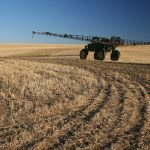
Is the water in your sprayer neutering your herbicide?
Calcium, magnesium, sodium, iron and potassium cations in sprayer water will bond with herbicide molecules, such as glyphosate, making them ineffective

What’s on your spring burnoff checklist?
Set yourself, and your crop, up for success from the get-go
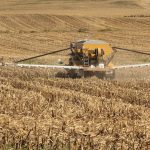
Weed wave expected when warm weather returns
Once it warms up, it’s going to be important to get a good spring burnoff and establish a competitive crop
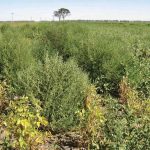
Late harvest hampers fall weed control efforts
Narrow regrowth window, cooling temperatures play role in limiting applications
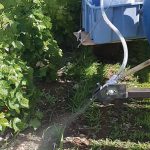
Research team looks at sandblasting-style weed control
‘Projectile’ method needs work to tackle between-row growth

Old invention shows promise for weed control in potatoes
Originally designed for insect larvae, the potato vine crusher lowers germination rate of weed seeds
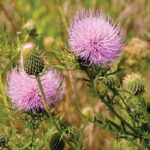
Frosty weeds and closing spray windows
Variables like weed species and recent and expected frosts will weigh into management decisions

Now’s the time to find resistant weeds
Herbicide-resistant weeds are on the rise and pre-harvest is a good time to find them
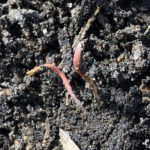
Spring weeds rise up well ahead of seeding efforts
Weed forecasts have farmers expecting to reap the consequences of last year’s lack of field work
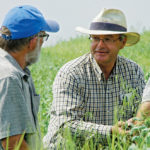
Field work gap means spring shifts for organic growers
Organic farmers are starting from behind this spring after little field work got done last fall


